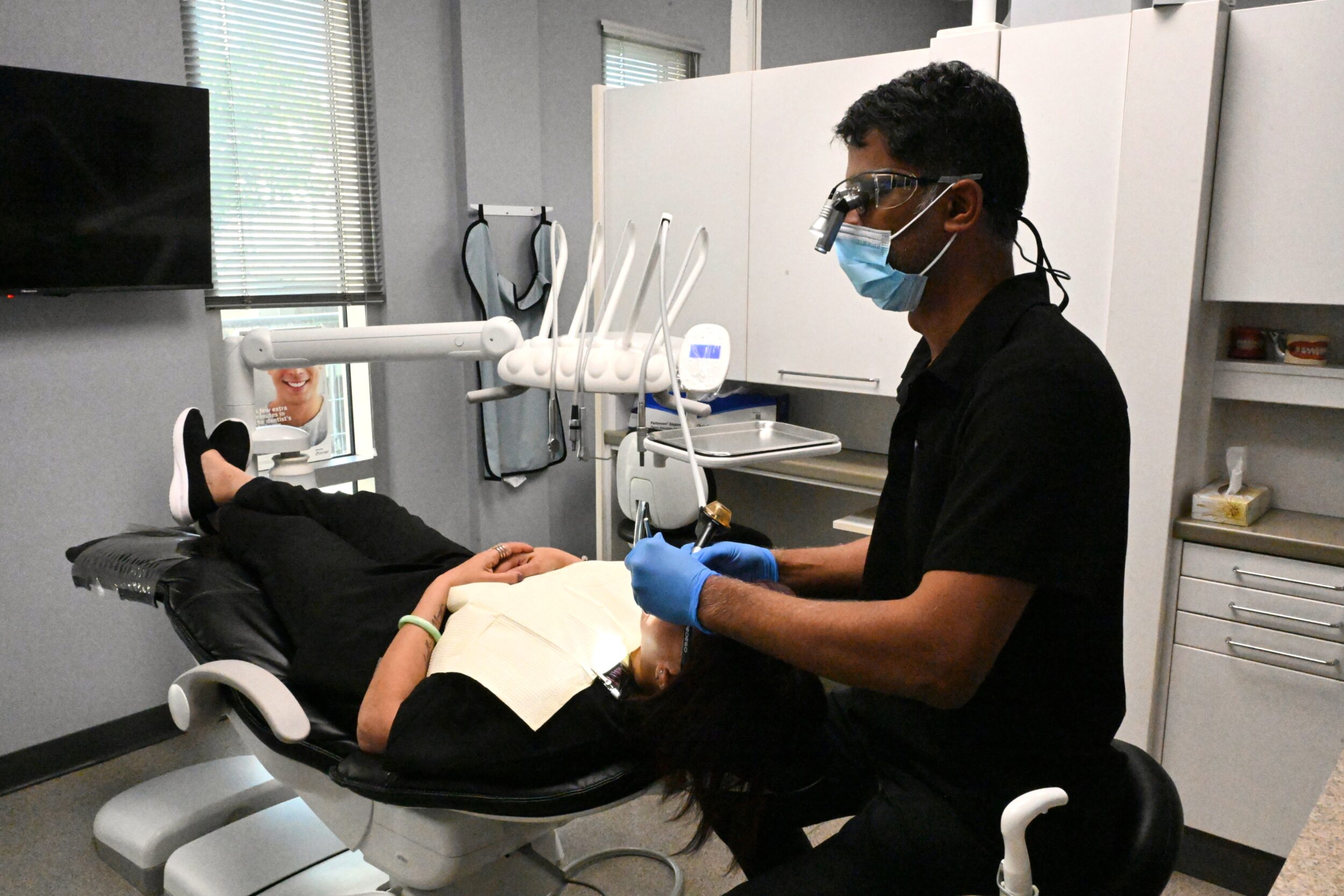How Often Should Children Have Dental Checkups in Calgary, AB
Children all over the world suffer from childhood cavities, also known as childhood tooth decay and childhood caries. The two main causes of cavities are poor dental hygiene and sugary diets.
A cavity can be extremely painful, and if left untreated, may result in tooth decay and childhood periodontitis. To prevent cavities and maintain good oral health, make sure your kid eats a balanced diet, follows a good oral care routine at home, and sees the pediatric dentist biannually.

Why are dental checkups necessary?
In the first instance, the pediatric dentist aims to provide a “good dental home” for the child. The child can be treated at a familiar, comfortable location if a dental emergency arises.
As a second benefit, the pediatric dentist meticulously records the child’s dental health and jaw development. It is generally true that painful dental conditions do not develop overnight. A pediatric dentist can anticipate future issues and intervene before they occur if he or she understands the child’s dental health history.
Furthermore, pediatric dentists are able to educate both parents and children during a visit. A pediatric dentist may recommend one or more factors to improve tooth health, such as sealants, fluoride supplements, or xylitol. Pediatric dentists may ask parents to change their child’s diet or oral behavior – for instance, reducing sugar in the child’s diet, removing an intraoral piercing, or transitioning the child from sippy cups to adult-sized drinking glasses.
Lastly, dental X-rays can often identify small cavities in primary teeth (baby teeth). In spite of the fact that the child may not feel any pain, if left unattended, these tiny cavities may rapidly grow into large cavities, tooth decay, and eventually, childhood periodontal disease. The pediatric dentist only uses dental X-rays if cavities or orthodontic irregularities are suspected.
Do my child's teeth need to be checked if they are healthy?
It is possible for a child’s teeth to change condition fairly rapidly. The child may have healthy teeth six months ago, but changes in diet or oral habits (such as thumb sucking) can be enough to cause decay or misalignment.
During each visit, the pediatric dentist provides thorough dental cleanings as well as visual examinations. Plaque and debris can accumulate between teeth and in other hard-to-reach places during these cleanings. It is important to maintain a good oral hygiene routine at home, but professional cleanings are an additional tool that can help to maintain a healthy smile.
During routine dental visits, the pediatric dentist can also monitor the child’s fluoride levels. A topical fluoride gel or varnish is commonly applied to teeth following a dental cleaning. In addition to remineralizing teeth and slowing mineral loss, topical fluoride works to protect the enamel from assault by oral acids. There are also some children who receive take-home fluoride supplements (especially those living in areas where fluoride is not routinely added to the community water supply).
Last but not least, the pediatric dentist may apply dental sealants to the child’s back teeth (molars). Applied to the molars, this liquid plastic substance seals out harmful debris, bacteria, and acids.
Please ask your pediatric dentist when your child should have a dental checkup.